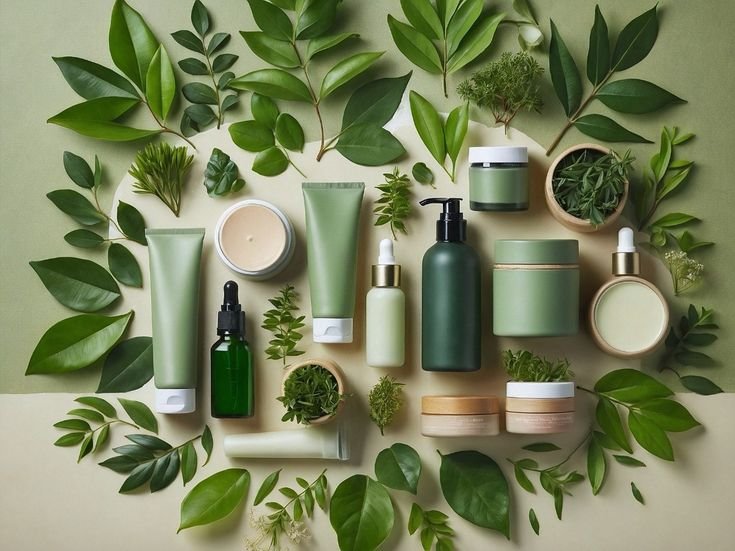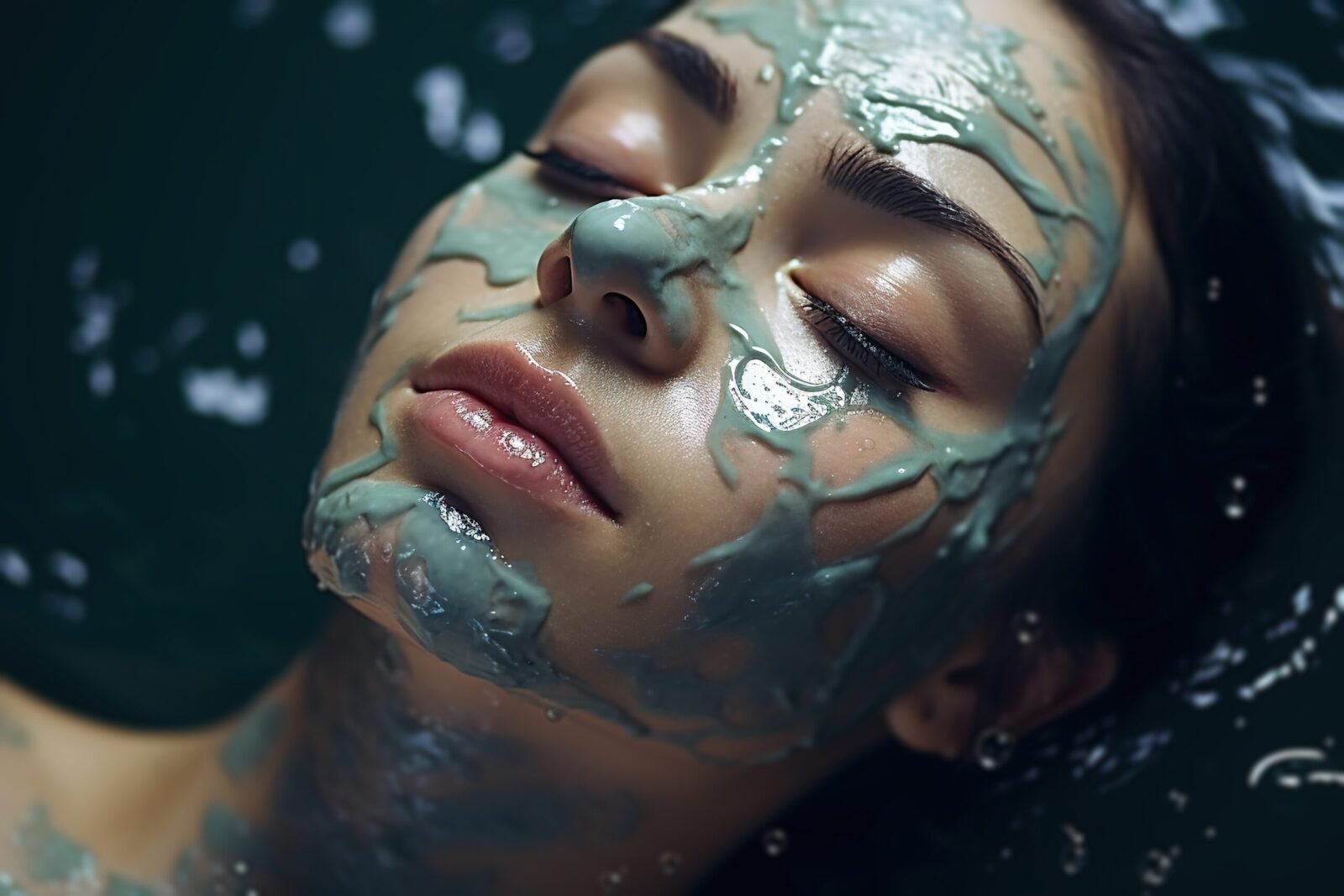In today’s competitive skincare market, it’s no longer enough for ingredients to sound appealing—they must truly perform. Therefore, cosmetic chemists, brand founders, and consumers alike are asking the same question: “Does this ingredient actually deliver results?”
The term high-performance has become a cornerstone in cosmetic marketing. However, behind the slogan lies a category of actives defined by measurable efficacy, verified safety, and intelligent formulation design. In this article, we explore what truly sets a high-performance cosmetic active apart and how professionals can identify genuine innovation amid the noise.
1. Proven Mechanism of Action
A true high-performance ingredient doesn’t just hydrate or soothe—it triggers measurable biological responses within the skin. These responses may include:
- Stimulating collagen or elastin synthesis
- Inhibiting 5α-reductase to reduce hair loss
- Enhancing cellular repair or renewal
- Protecting against oxidative or environmental stress
To verify performance, formulators should look for actives supported by in vitro or ex vivo research, such as fibroblast activation or keratinocyte proliferation models. These studies offer valuable insight into how an ingredient behaves once applied to skin.
For example, ELINAT™, a biomimetic alternative to snail slime, has been shown to stimulate type I collagen and elastin production within 24 hours in HDFa fibroblast cultures (International Journal of Cosmetic Science, 2023).
Moreover, ingredients supported by molecular pathway data are more likely to produce visible results in real formulations. Thus, scientific validation remains the foundation of high-performance development.
2. Clinically Validated Performance
Modern consumers expect visible, measurable results, while brands require claims that can withstand regulatory scrutiny. Consequently, credible ingredients are typically backed by:
- In vivo studies measuring wrinkle reduction or hydration improvement
- Instrumental testing such as TEWL, cutometry, or corneometry
- Consumer perception trials validating sensory and visual outcomes
- Before & after imaging for clinical documentation
Therefore, formulators should prioritize data-driven claims such as “+28% hydration after two weeks” or “–33% wrinkle depth in 30 days.” These quantitative metrics differentiate scientifically validated actives from marketing claims.
In addition, well-structured clinical studies not only strengthen marketing credibility but also streamline product registration in global markets.
3. Advanced Delivery Systems
Even the most effective molecule is useless if it cannot reach its target site. For this reason, high-performance actives often rely on encapsulation and controlled-release technologies to maximize penetration and stability.
Key delivery systems include:
- Lipid vesicles (liposomes, niosomes)
- SNEDDS – Self-Nano-Emulsifying Drug-Delivery Systems
- Hydrogels and polymer matrices
- Microsponge or time-release carriers
These advanced systems protect fragile compounds like retinoids, vitamin C, or peptides from oxidation and irritation, ensuring consistent efficacy. Furthermore, research from the Journal of Controlled Release highlights that nano-encapsulation can enhance dermal delivery by up to 60% compared to conventional emulsions.
Because these technologies improve stability and extend release time, they allow chemists to design products that are both effective and gentle—especially for sensitive skin applications.
4. Regulatory and Safety Compliance
In 2025, performance must go hand in hand with safety. With the Modernization of Cosmetics Regulation Act (MoCRA) expanding FDA oversight, formulators can no longer afford incomplete documentation. As a result, high-performance ingredients should come with:
- Full technical dossiers (COA, SDS, allergen, and traceability sheets)
- GRAS or CIR-reviewed status where applicable
- Absence of restricted substances or banned colorants
- Transparent labeling aligned with global clean-beauty standards
Moreover, selecting actives from verified, regulation-ready suppliers not only ensures safety but also accelerates global approval and market launch. Additionally, compliance builds consumer trust—an essential component of long-term brand success.
5. Formulation Compatibility
Performance also depends on how well an ingredient integrates into a real-world formula. Therefore, a superior active should maintain stability and texture across diverse product types. Chemists should evaluate:
- Compatibility with emulsions, gels, and serums
- pH range stability and temperature tolerance
- Sensory neutrality—minimal impact on color, odor, or viscosity
- Cross-compatibility with other actives to prevent inactivation
In addition, the most versatile actives are formulation-ready, meaning they can be seamlessly incorporated into waterless systems, emulsions, or sheet masks without additional stabilizers. Consequently, they save time and reduce formulation complexity while improving final performance.
Final Thoughts: Performance Is the New Luxury
In 2025, luxury in skincare is no longer defined by packaging—it’s defined by proof. The era of data-driven cosmetics demands ingredients that merge biotechnology, clinical validation, and ethical transparency.
High-performance cosmetic actives are more than trends; rather, they represent the evolution of skincare into measurable science. Whether it’s a DNA-repair complex, a microbiome-balancing peptide, or a bio-encapsulated antioxidant, the benchmark for innovation is clear: real, replicable results.
Research: Frontiers in Pharmacology – Clinical Evaluation of Biotech Actives in Cosmetic Dermatology







